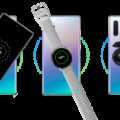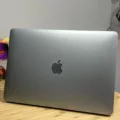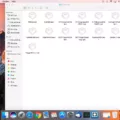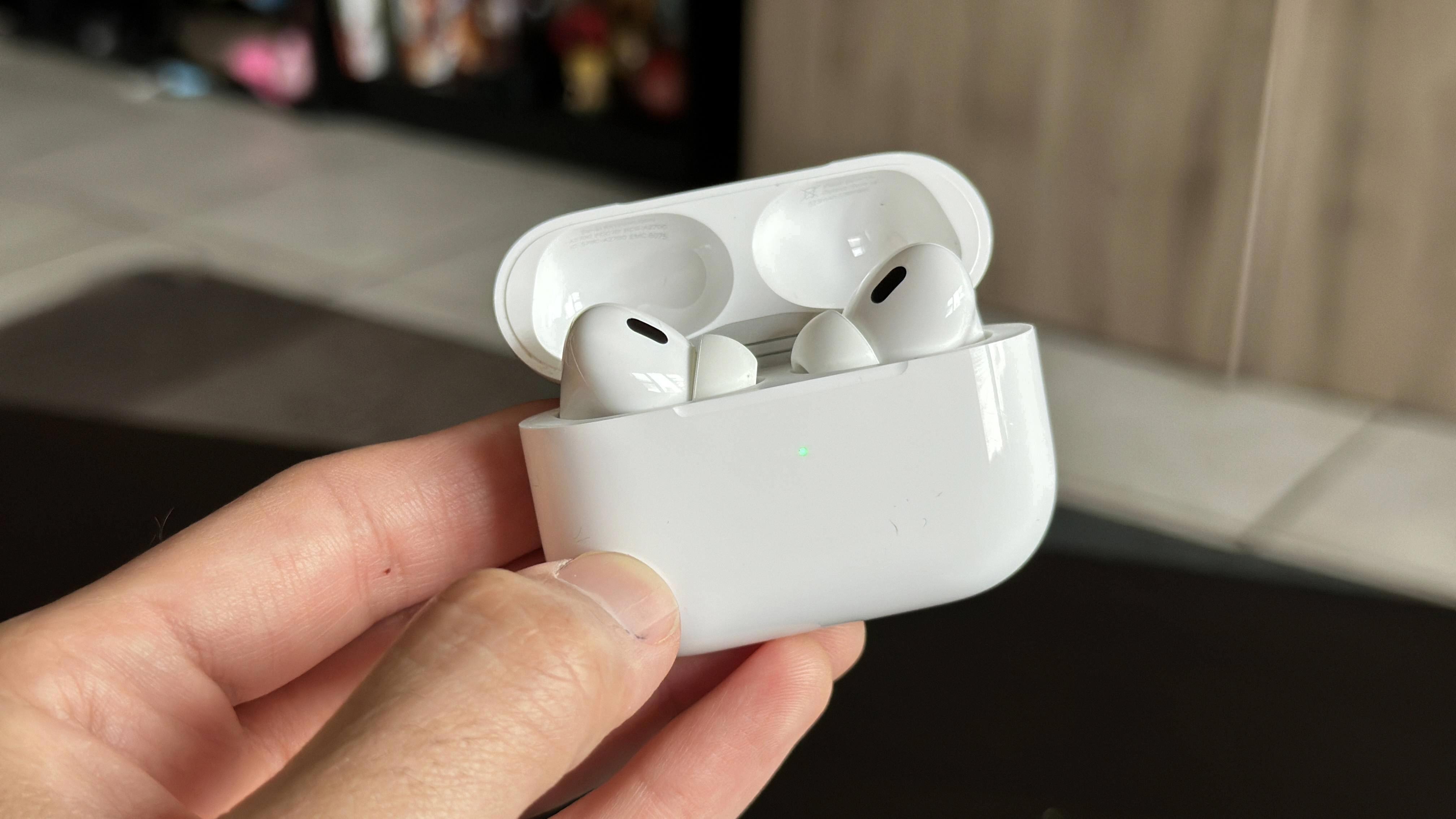USB-C has become increasingly popular in recent years, offering faster data transfer speeds, versatile connectivity options, and the ability to charge devices. However, like any technology, it’s not immune to issues. If you’ve encountered problems with your USB-C port or a USB-C Mac not working properly, this article will provide you with some troubleshooting tips to help you resolve these issues.
1. Software Issues:
If your USB-C port is not recognizing peripherals, it could be due to a software problem. Start by checking for any available software updates for your device, including the operating system and drivers. Installing the latest updates can often fix compatibility issues and improve overall performance.
2. Hardware Issues:
If your USB-C port is not passing power, it is more likely to be a hardware problem. In such cases, try connecting different devices to the port to confirm if the issue is with the port itself or the specific peripheral. If other devices also fail to receive power, it’s a clear indication of a hardware problem, and you may need to seek professional assistance or consider replacing the port.
3. Cable Issues:
Sometimes, communication problems may arise due to a faulty USB-C cable. Ensure that you are using a high-quality cable that supports the same USB-C features as your connected device. Try using a different cable to see if the problem persists. If the issue is resolved with a different cable, it’s advisable to replace your faulty cable.
4. Power Adapter Problems:
If your USB-C Mac is not powering up via the USB-C port, the issue might lie with the power adapter. Connect the power adapter to a working electrical outlet and try charging your Mac. If it still doesn’t charge, follow these steps: shut down your Mac, close the display for 30 seconds, then open the display and try charging again. If you’re using a Mac with Apple silicon, you can also try resetting the System Management Controller (SMC) to resolve power-related issues.
5. Device Compatibility:
Ensure that your PC or phone supports the same USB-C features as the connected device. Some devices may have specific requirements or limitations when it comes to USB-C functionality. Checking the specifications of both your device and the connected peripheral can help identify any compatibility issues that may be causing problems.
Encountering issues with USB-C and USB-C Mac devices is not uncommon. By following these troubleshooting tips, you can often resolve most problems related to USB-C ports not recognizing peripherals or issues with power delivery. Remember to keep your software and drivers up to date, use high-quality cables, and check compatibility between devices. If the problem persists, it’s advisable to seek professional assistance or contact the manufacturer for further support.
Why is Your USB-C Port Not Working On Your Mac?
There could be several reasons why your USB-C port is not working on your Mac. Here are some possible explanations:
1. Software issue: It is possible that your USB-C port is not working due to a software glitch. This can be resolved by troubleshooting your Mac’s software settings or updating the operating system.
2. Hardware issue: Another possibility is that there is a hardware problem with your USB-C port. This could be due to a faulty port itself or a problem with the internal connections. In such cases, professional repair or replacement may be necessary.
3. Peripheral recognition problem: Sometimes, a USB-C port may stop recognizing when a peripheral is plugged in. This can be due to a software issue or compatibility problem. Try using a different peripheral or cable to rule out any communication problems.
4. Power delivery issue: If your USB-C port is not passing power to connected devices, it could indicate a hardware problem. This might be caused by a malfunctioning power adapter or a faulty charging circuit within the laptop. In this case, you may need to replace the power adapter or seek professional assistance.
It is important to note that diagnosing the exact cause of a non-working USB-C port can be challenging without further information or diagnostic tests. If you are unsure about the issue or unable to resolve it on your own, it is recommended to consult an authorized service provider or contact Apple support for assistance.
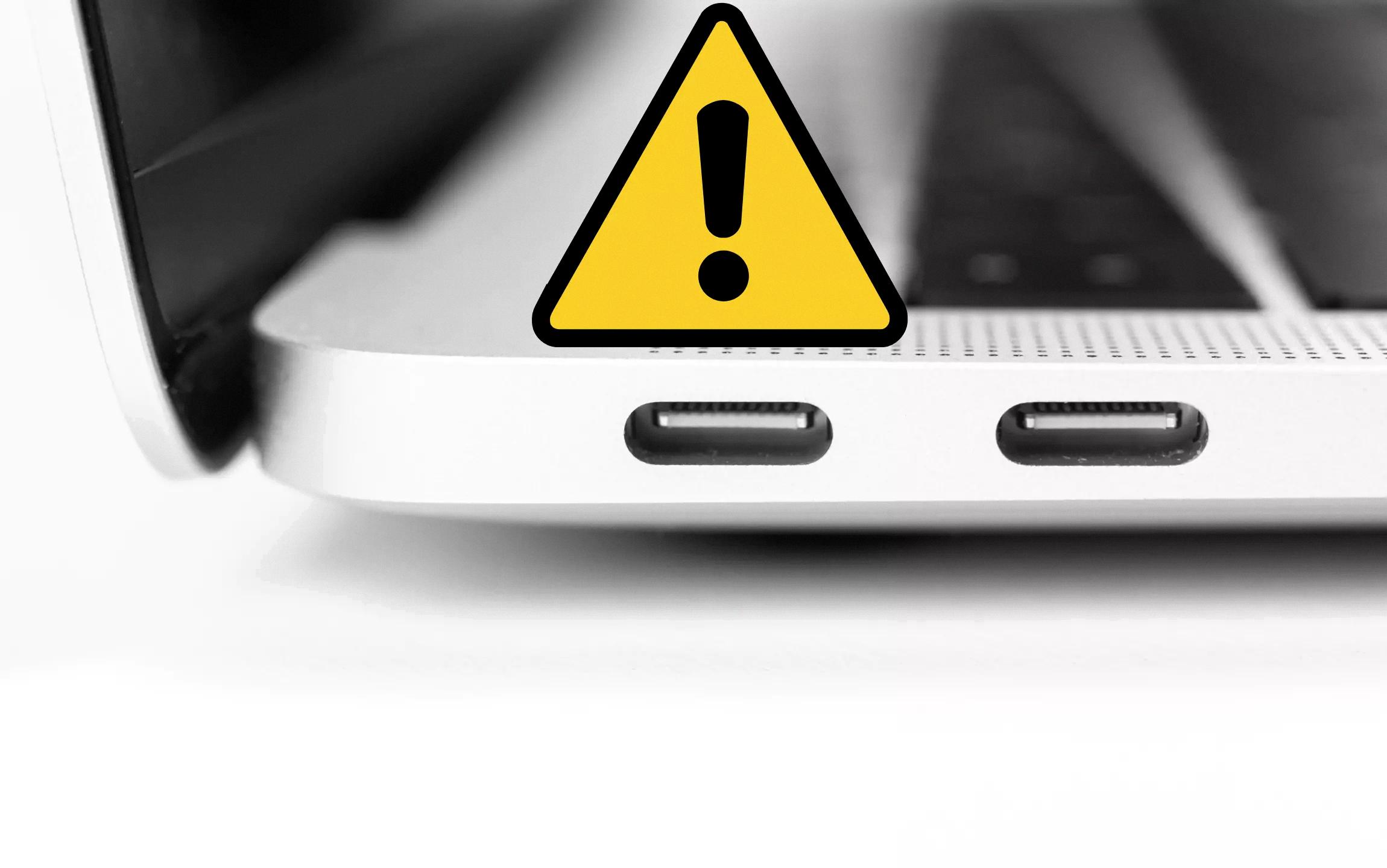
How Do You Get USB-C to Work On Mac?
To get USB-C to work on your Mac, you will need to follow these steps:
1. Check your Mac’s ports: Make sure your Mac has a Thunderbolt 3 (USB-C), Thunderbolt / USB 4, Thunderbolt 4 (USB-C), or USB-C port. These are the ports that support USB-C connectivity.
2. Get the right cable: Depending on the device you want to connect to your Mac, you’ll need the appropriate USB-C cable. For example, if you want to connect your Mac to an external display, you’ll need a USB-C to HDMI or USB-C to DisplayPort cable. If you want to connect your Mac to a USB device, you’ll need a USB-C to USB-A cable or a USB-C to USB-C cable.
3. Connect the cable: Once you have the right cable, simply plug one end of the cable into your Mac’s USB-C port and the other end into the device you want to connect. Ensure the cable is securely connected on both ends.
4. Check for compatibility: Some devices may require additional drivers or software to work properly with your Mac. Check the manufacturer’s website or documentation to see if there are any compatibility requirements or software downloads needed.
5. Configure settings: In most cases, your Mac should automatically detect the connected device and configure the necessary settings. However, if you’re connecting to an external display, you may need to adjust the display settings in the System Preferences of your Mac to optimize the resolution and refresh rate.
6. Troubleshooting: If the USB-C connection is not working, try the following troubleshooting steps:
– Ensure the cable is not damaged and is functioning properly.
– Restart your Mac and the connected device.
– Update your Mac’s operating system to the latest version.
– Reset the NVRAM (non-volatile random-access memory) on your Mac by restarting it and holding down the Option, Command, P, and R keys simultaneously until you hear the startup sound for the second time.
– If none of the above steps work, consult the manufacturer’s support or contact Apple Support for further assistance.
Remember, USB-C is a versatile port that supports various devices and functions like data transfer, charging, and video output. By using the correct cable and following the steps outlined above, you can easily get USB-C to work on your Mac.
Why Aren’t Your USB-C Ports Working?
There could be several reasons why your USB-C ports are not working. Here are some possible explanations:
1. Compatibility Issues:
– Check if your PC or phone supports USB-C functionality. Some older devices may not have USB-C ports or may have limited functionality.
– Ensure that the connected device (such as a USB or Thunderbolt device) is compatible with your PC or phone’s USB-C ports.
– Verify if the cable you are using supports the same USB-C features as the connected device. Certain devices require specific USB-C features to function properly.
2. Connection Problems:
– Make sure that the USB-C device or dongle is connected directly to your PC or phone. Avoid using adapters or hubs as they can sometimes cause connectivity issues.
– Check if the USB-C port on your device is clean and free from any dust or debris. A dirty port can hinder the connection.
3. Software or Driver Issues:
– Ensure that your PC or phone’s operating system and drivers are up to date. Outdated software or drivers can cause compatibility issues with USB-C ports.
– Restart your device and try connecting the USB-C device again. Sometimes, a simple reboot can resolve software-related problems.
4. Power Delivery Problems:
– If you are using a USB-C device that requires power delivery (such as charging a laptop), check if your PC or phone supports the required power output. Insufficient power delivery can prevent the USB-C device from functioning properly.
5. Hardware Problems:
– If none of the above solutions work, there might be a hardware issue with your USB-C ports. In such cases, you may need to contact the manufacturer or seek professional assistance to diagnose and repair the problem.
Remember to troubleshoot each potential cause thoroughly and consider seeking expert advice if you are unsure or unable to resolve the issue on your own.
Why is Your Apple USB-C Charger Not Working?
There can be several reasons why your Apple USB-C charger may not be working. Here are some possible causes:
1. Faulty power outlet: The plug socket where you are connecting your charger may not be functioning properly. Test the socket by plugging in another device or using a different charger to confirm if it is working.
2. Cable or adapter issue: Examine the USB-C cable and adapter for any signs of damage, such as frayed wires or bent connectors. If you notice any issues, try using a different cable or adapter to see if the problem persists.
3. Charging port obstruction: Sometimes, debris or lint can accumulate in the charging port of your Mac or the adapter, preventing proper connection. Use compressed air or a clean, dry toothbrush to gently remove any obstructions.
4. Software issue: Occasionally, a software glitch can prevent your Mac from recognizing the charger. Try shutting down your Mac and closing the display for about 30 seconds, then reopen the display and attempt charging again.
5. SMC reset (non-Apple silicon Macs): If you are using a Mac without Apple silicon, resetting the System Management Controller (SMC) can help resolve charging issues. Refer to Apple’s support website for instructions specific to your Mac model.
If none of these solutions work, it may be necessary to contact Apple Support or visit an Apple Authorized Service Provider for further assistance.
Conclusion
USB-C is a versatile and powerful connection port that offers various benefits and functionalities. It allows for faster data transfer speeds, supports multiple protocols, and is capable of delivering power to devices. However, like any technology, it can encounter issues and problems.
If you’re experiencing difficulties with a USB-C port, it’s essential to troubleshoot the problem accurately. Determine if the issue is software-related or hardware-related. If the port is not recognizing peripherals, it may be a software issue that can potentially be resolved by updating drivers or firmware. On the other hand, if the port is not passing power, it is more likely to be a hardware issue, and you may need to seek professional help or replace the port.
It’s also crucial to consider the quality and compatibility of the USB-C cables and devices you are using. A faulty or low-quality cable can cause communication problems and limit the functionality of USB or Thunderbolt devices. Ensure that your PC or phone supports the same USB-C features as the connected device, and use cables that are compatible with the required features.
If you’re using a Mac with USB-C ports and experiencing charging issues, first, check the plug socket to ensure it is functioning correctly. If the socket is working, connect your USB-C power adapter and attempt to charge your Mac. If the problem persists, you can try resetting the SMC (System Management Controller) on non-Apple silicon Macs or seek professional assistance.
USB-C is a cutting-edge technology that offers convenience and flexibility. By understanding its capabilities, troubleshooting potential issues, and using compatible devices and cables, you can fully harness the power of USB-C and enjoy seamless connectivity and functionality.

